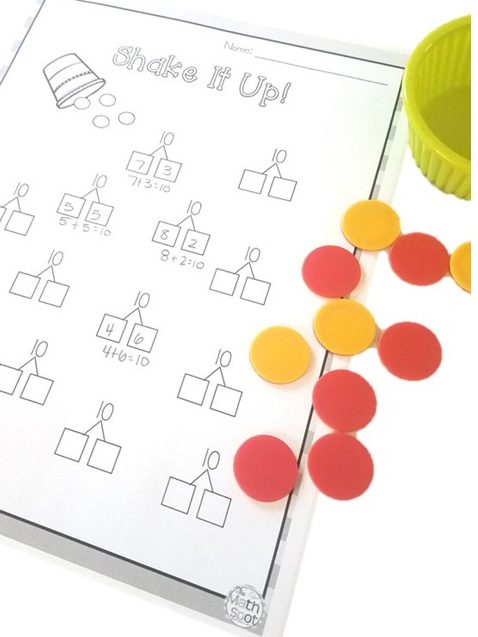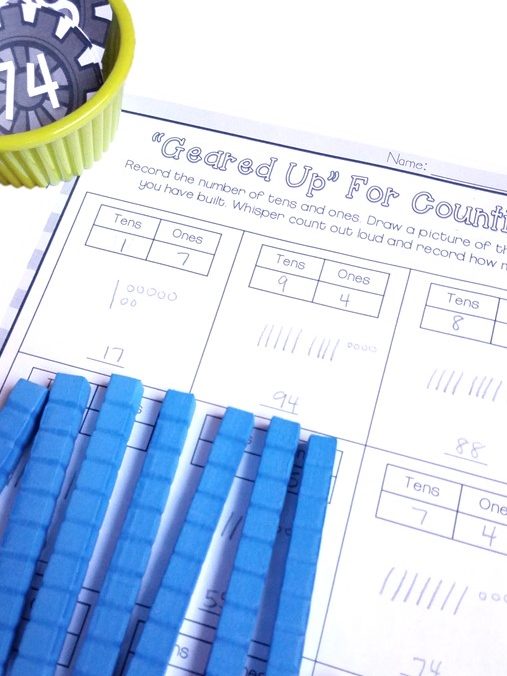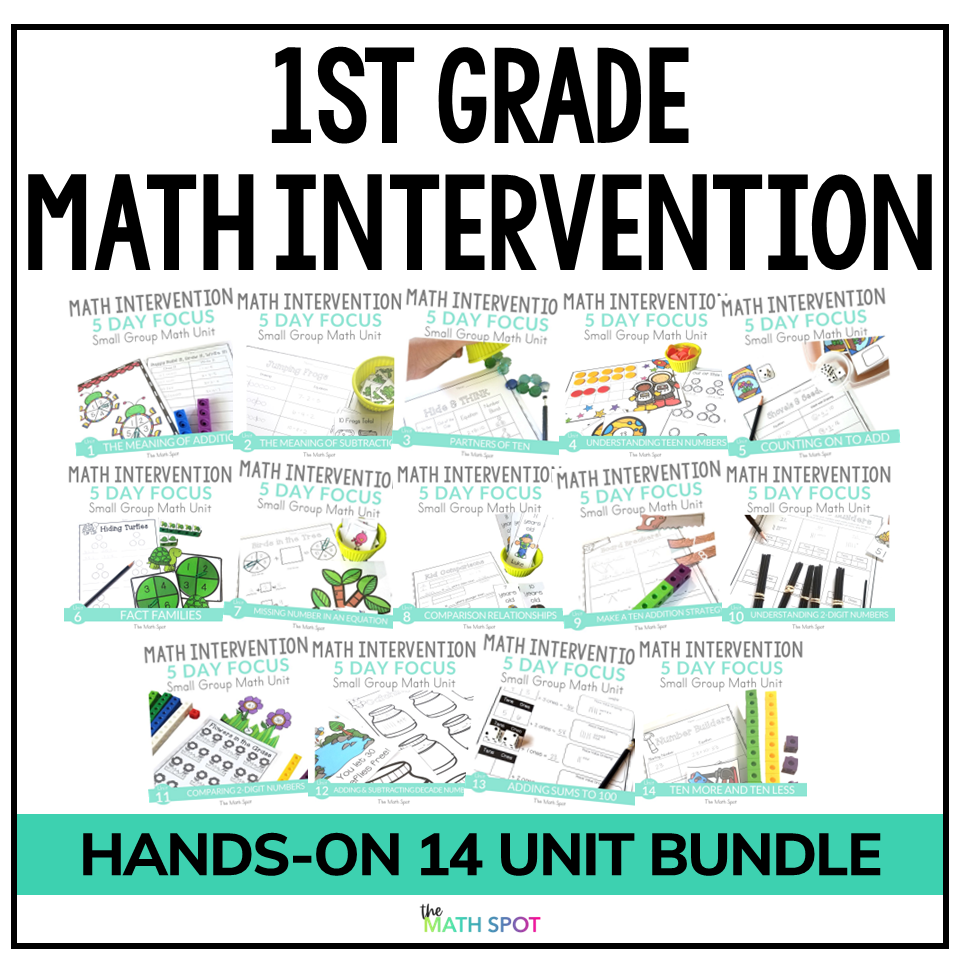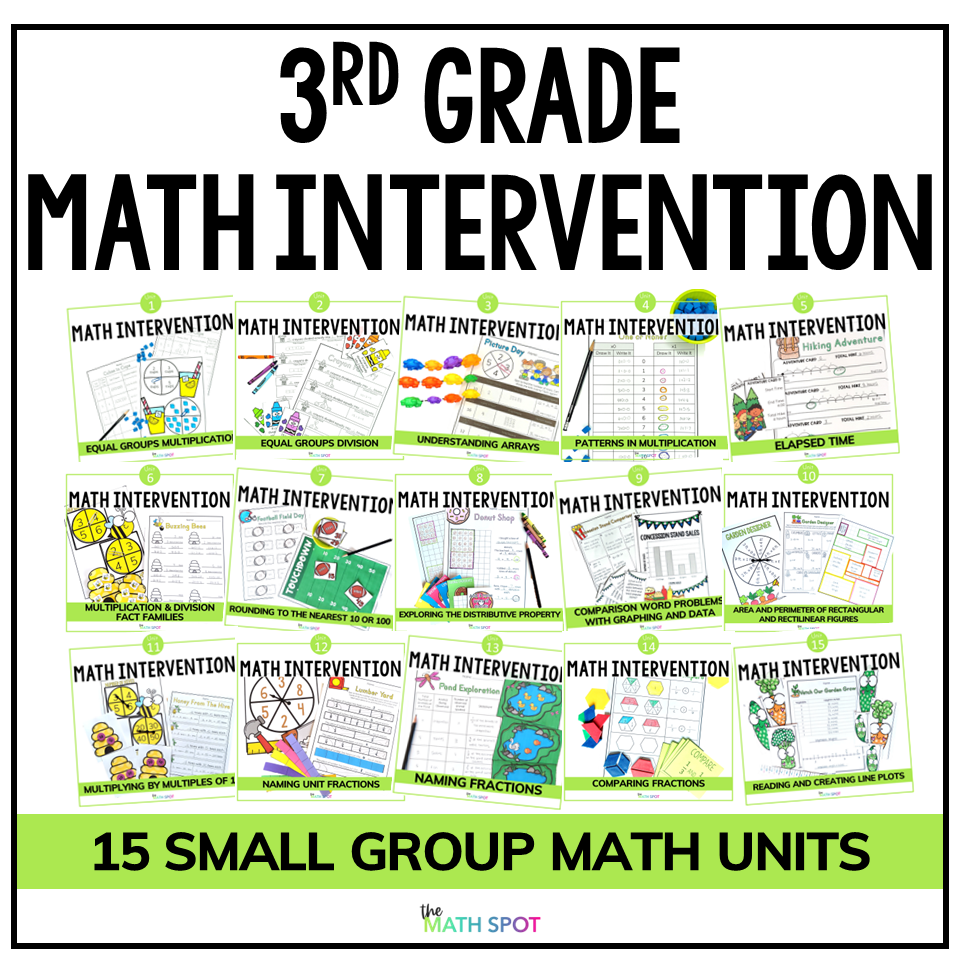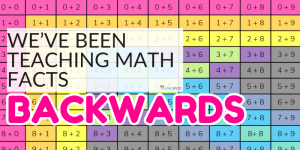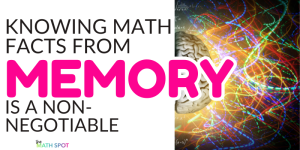This post contains affiliate links. This means that when you make a purchase, at no additional cost to you, I will earn a small commission.
In an effort to implement CRA math lessons, you used hands-on materials all last week in math. Your students were absolute rock stars. This week you were sure your students were ready to take the blocks away and move to a drawing instead.
And your students fell flat.
You were sure they were ready and you are left questioning what went wrong.
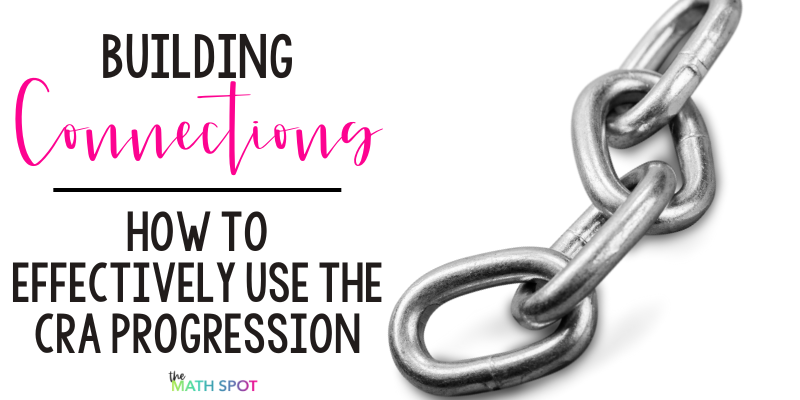
The CRA progression is much like any other scaffold in the classroom. It’s a great tool but you need to plan strategically if you want to take that tool away.
If your end goal is that your students reach the abstract level with a given skill, you need to build in clear opportunities for your students to make connections between concrete, representational and abstract so that when you take the scaffolds away your students are still successful.
The good {great} news is that there are multiple easy ways to build these connections that don’t require additional planning or materials on your part.
2 Activities to Build Connections in your CRA Math Lessons
1. The absolute easiest way to promote connections is to ask your students to complete activities that require them to use more than one model alongside each other.
- Ask your students to use base ten blocks to add 24 + 10. After they use their blocks to solve the problem, ask them to create a place value drawing and number bond that matches their blocks. (Connects concrete and two representational models)
- Ask your students to use pattern blocks to show the different ways you can create a whole with a variety of shapes. For each solution your students find, ask them to write an equation that adds the unit fractions together to make a whole. (Connects concrete with abstract)
- Allow your students to shake out 10 2-sided disks and to place them on a ten frame by color. Ask your students to write a number bond and equation that match the ten frame to show the partner of 10 they discovered. (Connects concrete, representational and abstract)
2. Ask questions that require your students to notice how their different models all show the same information in different ways. Asking linking questions requires NO preparation and NO additional materials.The questions below match the associated examples above.
- I see you built 24 with your blocks over here. Where can you see the 24 in your place value drawing? –Where do you see the total in your place value drawing? Does that match the total in your blocks? –What are the parts you built in your blocks? Do you have the same parts in your place value drawing? Can you circle the two parts in your drawing?
- Which tile took the most pieces to create a whole? What did your equation look like when you made a whole out of 6ths? — I see you wrote 1/3 + 1/3 + 1/3 = 1. Show me the pattern blocks that match that equation. How did you know they were thirds? — If you had blocks that were 1/8 size, what do you think your equation might look like?
- I see a 4 part and a 6 part in your number bond. Where is the 4 part in your disks? Where is the 6 part in your disks? — Your equation says it equals 10. Where are the 10 disks?
Failing to explicitly build connections will ensure that your students will fall flat when you try to progress toward more abstract models. Employing these simple strategies and building CRA math lessons will allow your students to build powerful connections that serve them well as scaffolds are taken away!
Related Resources
DONE FOR YOU math intervention units were created on the premise of building from concrete to abstract by using activities that link multiple representations together so that your students can build their skills (and their confidence!) in a simple, systematic and effective manner.
Units include pre-tests, post-assessment, lessons, independent practice and progress monitoring to ensure that you have everything you need so you can save a significant amount of time while being fully prepared to support your students!

